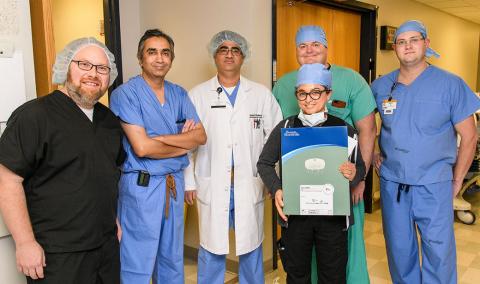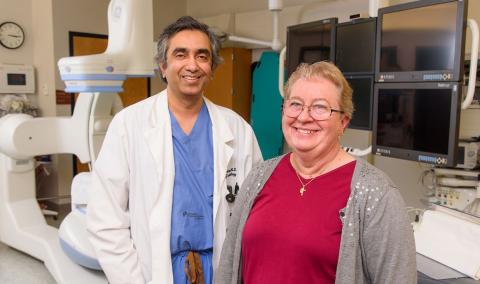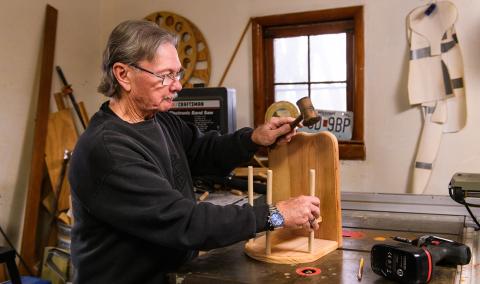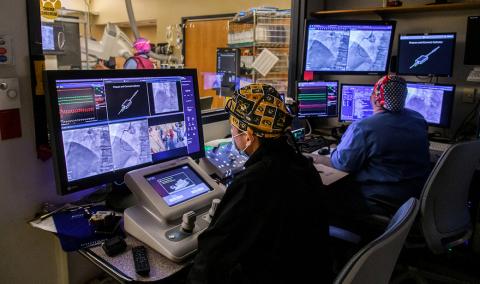Congenital heart disease means you were born with a structural problem or abnormality in your heart. These problems might be detected at birth or may not cause symptoms until you are an adult.
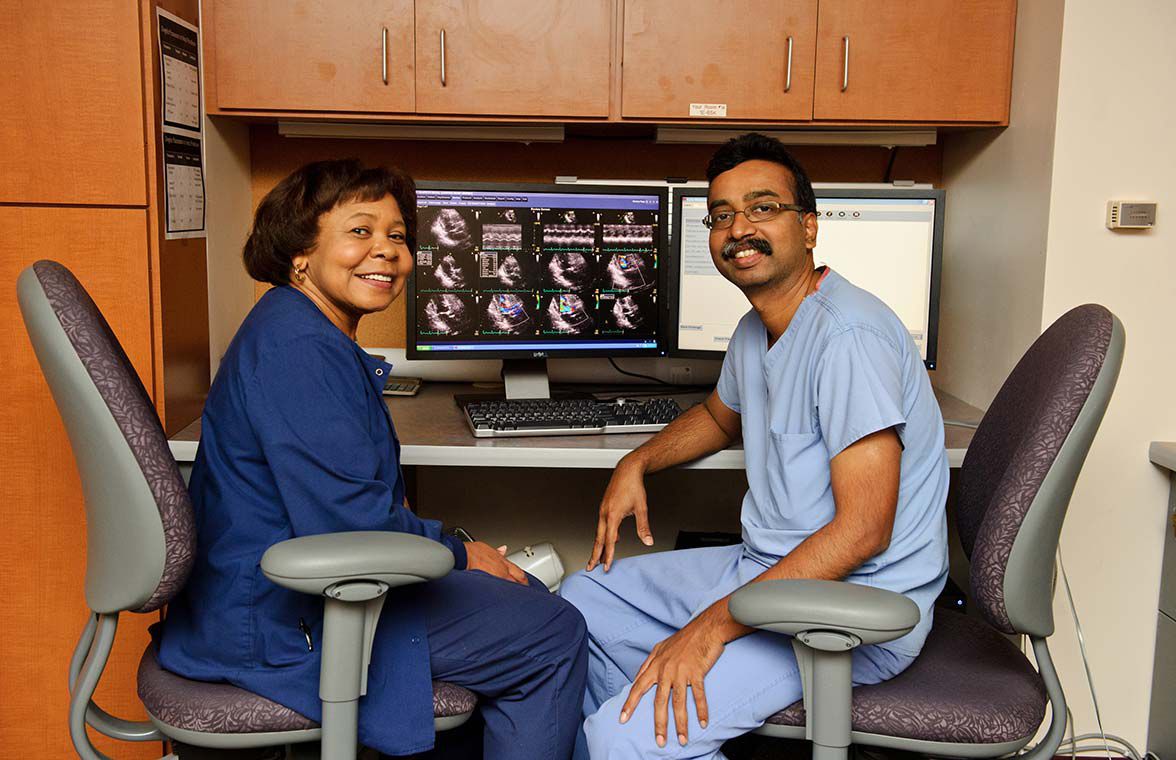
At University of Missouri Health Care Heart and Vascular Center, our experts provide compassionate care when diagnosing and treating heart defects. We use leading-edge cardiac imaging technologies to identify heart defects, including radiation-free heart magnetic resonance imaging (MRI) and echocardiograms. Once identified, we create a personalized treatment plan that will work for you and your individual circumstances.
Causes of congenital heart disease
In most cases, congenital heart defects have no known cause. You may be more likely to have a heart defect based on your genes or if your mother was exposed to infections, radiation or toxins while pregnant.
Having a congenital heart defect increases your risk for heart problems, such as heart failure, endocarditis (heart infection), atrial fibrillation and heart valve problems. At MU Health Care, we manage these risks and help you improve your heart health.
Atrial septal defects and ventricular septal defects
The most common congenital heart defects are atrial septal defects and ventricular septal defects. An atrial septal defect is an opening in the wall (septum) that separates the upper chambers of the heart (atrium). Similarly, a ventricular septal defect is an opening in the wall that separates the lower chambers of the heart (ventricles).
In both types of defect, blood may leak backward into the heart. This leakage makes the heart work harder to pump blood to the lungs or out into the body. Over time, this extra work can cause heart damage and complications.
Patent foramen ovale
The foramen ovale is an opening in the part of the heart that separates the upper right and left chambers. In a fetus, this opening has a flap of tissue that acts like a one-way door, allowing blood to flow to the left side of the heart without going to the lungs. Blood does not need to go to the lungs before babies are born since they do not breathe while in the womb.
Normally, when a baby takes his or her first breath after birth, blood begins to flow through the lungs. The foramen ovale closes within a few days since it is no longer needed. Sometimes, this opening remains open (patent). A patent foramen ovale may need treated if you have other heart defects or if you had a stroke caused by a blood clot.
Advanced congenital heart disease treatment
The heart care experts at the MU Health Care Heart and Vascular Center work as a team to help determine the treatment that’s right for you. We provide comprehensive treatment options for heart defects in adults.
Our experienced interventional cardiologists use the latest minimally invasive procedure to close septal defects and patent foramen ovale. During this procedure, your doctor creates an incision in the femoral artery (the artery in your groin). Using X-ray technology, your physician guides specialized tools into the heart and uses them to close holes in heart walls. By closing defects, our heart specialists prevent blood from leaking backward and relieve strain on the heart. These procedures reduce your risk for complications caused by your heart defect.
Learn more about Heart & Vascular Care at MU Health Care.




